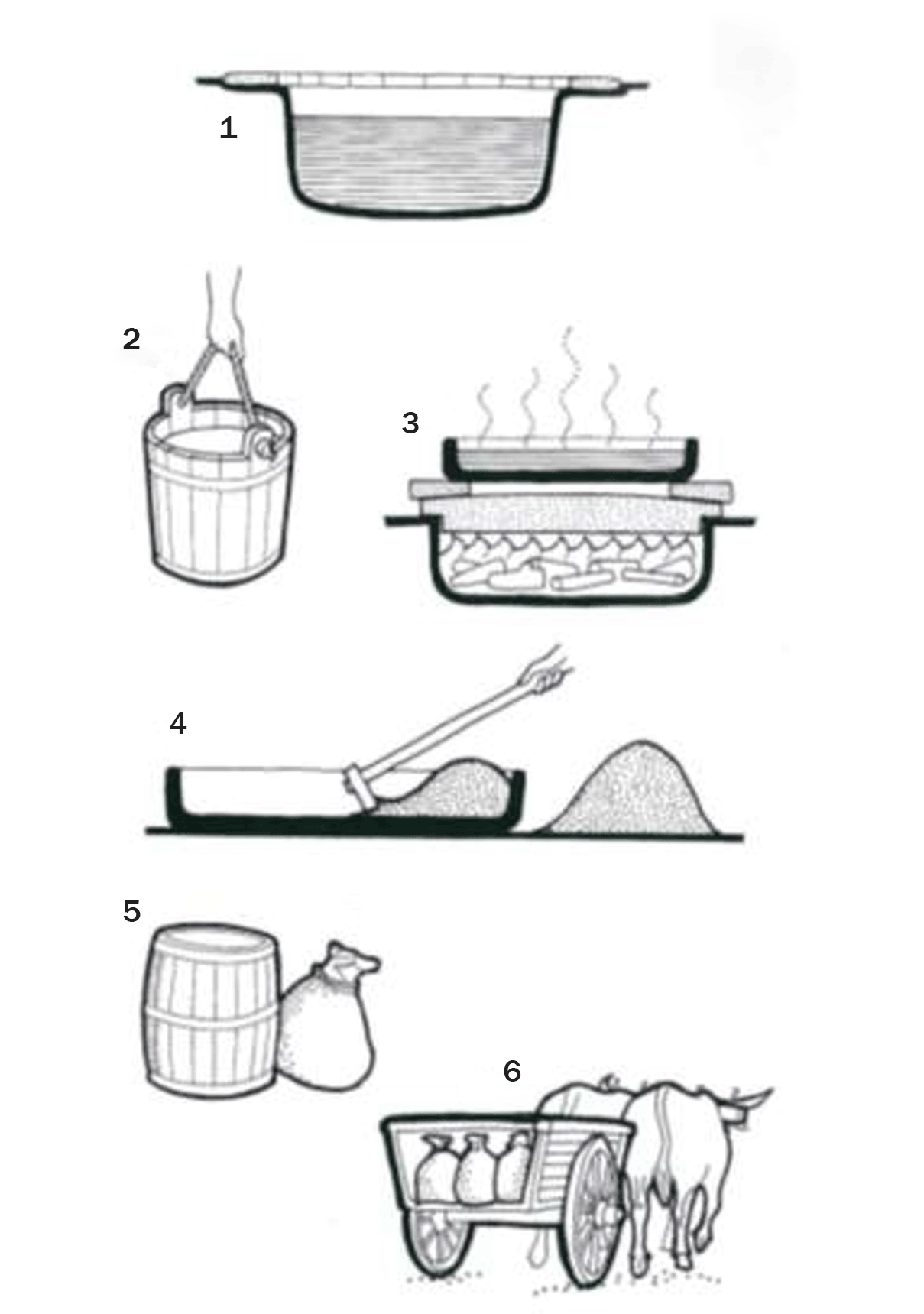Hydrogen, chemists usually make salts by reacting a metal compound such as a metal carbonate with an acid. Acids take part in reactions in which salts are produced. In these reactions, the. Acids react with metals, bases and carbonates to produce salts. Neutralisation is the reaction between an acid and a base.
In these reactions, the. Acids react with metals, bases and carbonates to produce salts. Neutralisation is the reaction between an acid and a base. Able to dissolve in solvent. For example, sugar is soluble in water. Na (sodium) is combined with cl (chlorine) to make nacl (table salt). Acids react with metals, bases and carbonates to produce salts. Neutralisation is the reaction between an acid and a base. A compound formed by neutralisation of an acid by a base, eg a. I can describe salts and work out their empirical chemical formulae from diagrams, as well as give ionic descriptions of acids and alkalis.
Able to dissolve in solvent. For example, sugar is soluble in water. Na (sodium) is combined with cl (chlorine) to make nacl (table salt). Acids react with metals, bases and carbonates to produce salts. Neutralisation is the reaction between an acid and a base. A compound formed by neutralisation of an acid by a base, eg a. I can describe salts and work out their empirical chemical formulae from diagrams, as well as give ionic descriptions of acids and alkalis. I can identify and explain the meaning of hazard.
Na (sodium) is combined with cl (chlorine) to make nacl (table salt). Acids react with metals, bases and carbonates to produce salts. Neutralisation is the reaction between an acid and a base. A compound formed by neutralisation of an acid by a base, eg a. I can describe salts and work out their empirical chemical formulae from diagrams, as well as give ionic descriptions of acids and alkalis. I can identify and explain the meaning of hazard.
Acids react with metals, bases and carbonates to produce salts. Neutralisation is the reaction between an acid and a base. A compound formed by neutralisation of an acid by a base, eg a. I can describe salts and work out their empirical chemical formulae from diagrams, as well as give ionic descriptions of acids and alkalis. I can identify and explain the meaning of hazard.
Chief Keef's Gang Connections: A Deep Dive
Decoding The Domes: The Symbolism Of Russian Orthodox Church Design
Thunder's Giddey: Will He Silence The Heat?
Relief Is Here: Huesero Locations Near You
Avoid Disaster! Target Client Config Not Found Fix
